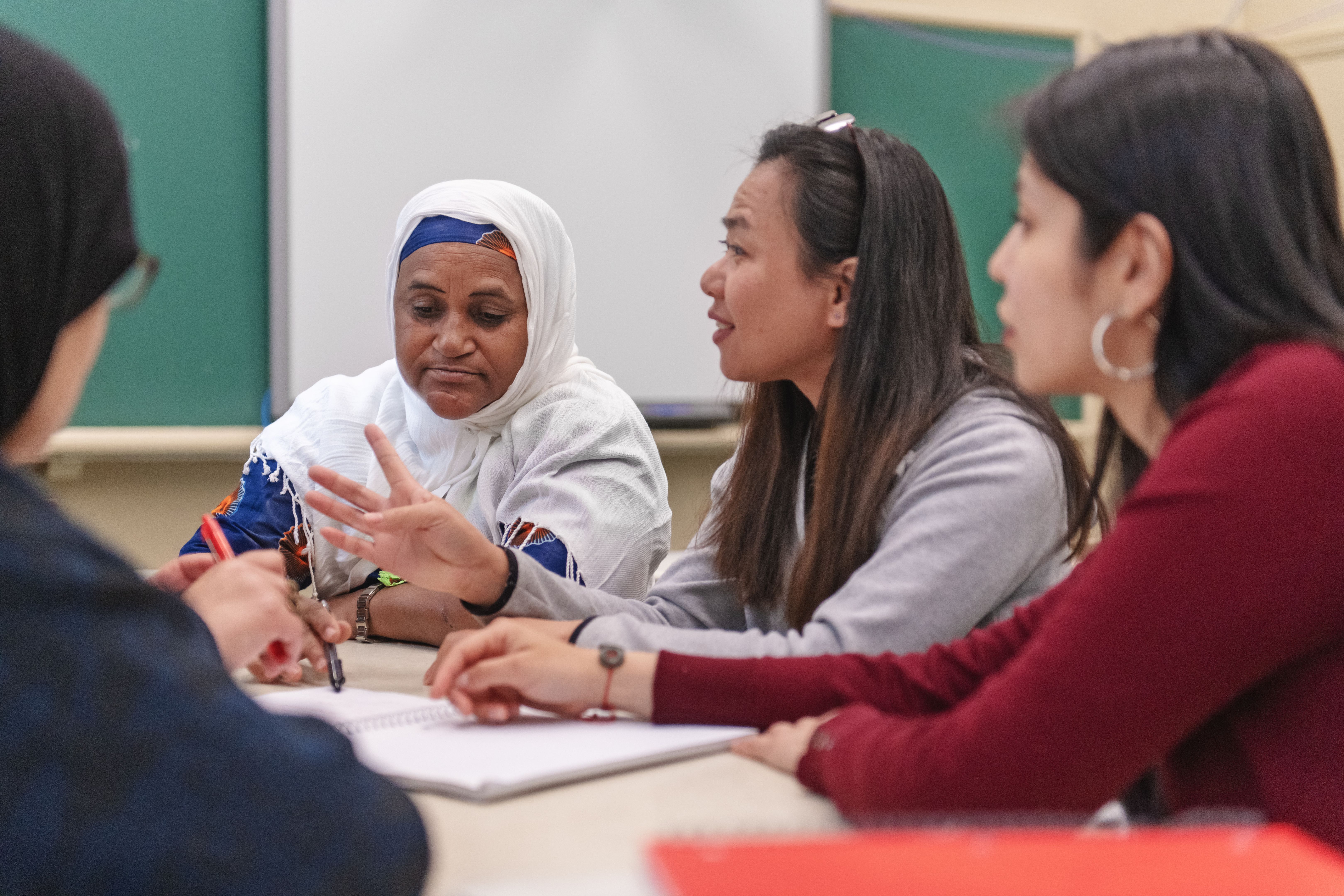Designing Effective Adult Learning Programs
JT
Understanding the Needs of Adult Learners
Designing effective adult learning programs begins with understanding the unique needs and characteristics of adult learners. Unlike younger students, adults bring a wealth of experience to the learning environment, and they often have specific goals they wish to achieve. This means that a one-size-fits-all approach is rarely effective. Instead, programs should be tailored to accommodate diverse backgrounds and learning preferences.
Adult learners typically prefer a practical, problem-solving approach to education. They are often motivated by the relevance of the material to their personal or professional lives. Hence, it's crucial to design programs that are not only informative but also applicable to real-world situations.

Incorporating Flexible Learning Options
Flexibility is a key component in adult education. Many adult learners juggle their studies with work, family, and other responsibilities. Offering flexible learning options such as online courses, evening classes, or weekend workshops can make a significant difference in participation and success rates.
Blended learning models, which combine online digital media with traditional face-to-face methods, are particularly effective. This approach allows learners to benefit from the convenience of online resources while still engaging in valuable in-person interactions and discussions.
Utilizing Technology in Adult Education
Technology plays a pivotal role in modern adult education. From learning management systems (LMS) to mobile apps, technology can enhance the learning experience by providing interactive content and immediate feedback. Incorporating multimedia elements like videos, podcasts, and interactive simulations can cater to different learning styles and keep adult learners engaged.

Creating Engaging Content
Content is king when it comes to designing effective adult learning programs. The material must be engaging and relevant to capture and maintain attention. Use a variety of content formats such as case studies, group projects, and hands-on activities to foster active learning.
It's also important to keep content updated with the latest industry trends and developments. This not only ensures that learners are receiving current information but also keeps them motivated as they see the direct applicability of their learning.
Assessing Learning Outcomes
An effective adult learning program must include methods for assessing the learning outcomes. Assessments can take various forms, including quizzes, assignments, peer reviews, and self-assessment tools. These help both learners and instructors gauge the effectiveness of the program and identify areas for improvement.
Feedback should be constructive and timely, allowing learners to make necessary adjustments and improvements in their understanding and application of the material. This continuous loop of assessment and feedback is essential for maintaining high standards in adult education.
Building a Supportive Learning Environment
A supportive learning environment is crucial for adult learners' success. Encouraging collaboration and open communication can help create a community where learners feel comfortable sharing their experiences and knowledge. This not only enhances learning but also builds networks that can be advantageous in professional settings.
Instructors play a vital role in fostering this environment by being approachable, providing guidance, and offering encouragement. Their ability to connect with learners on a personal level can significantly impact motivation and engagement.

